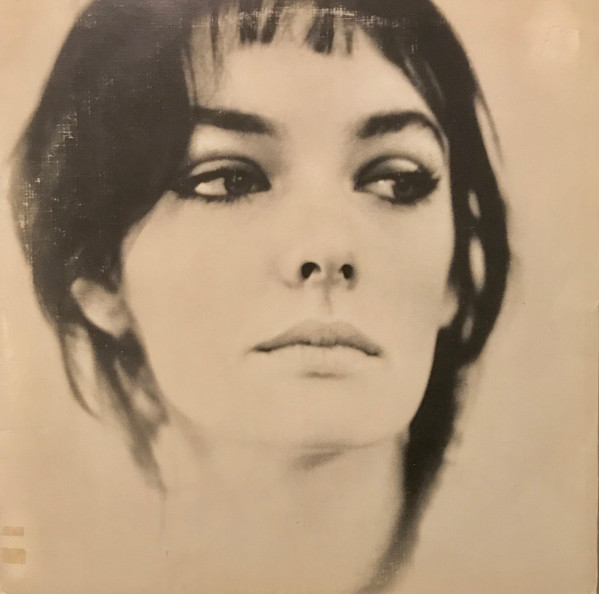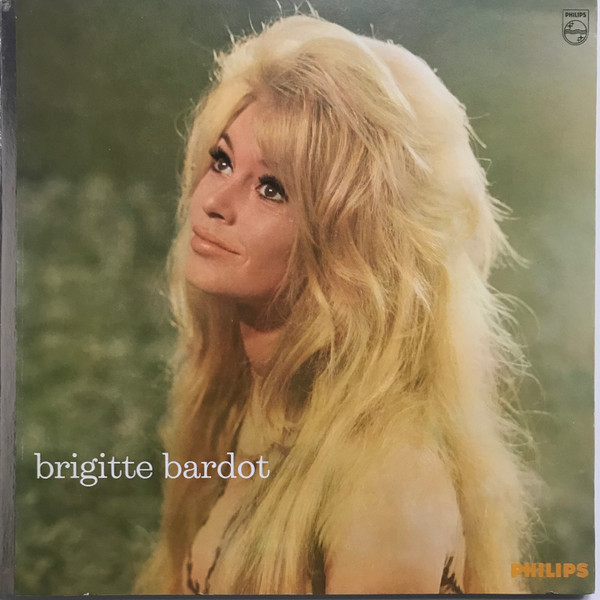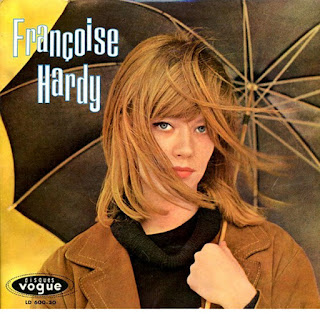From the silver screen to the recording studio
As soon as cinema began the shift from silent movies to "the talkies", music and song became part of the staple cinematic diet. From the early jukebox musicals to the extravaganzas of the golden age of the Hollywood musical, singers (and musicians) flocked to film studios to become singer-actors, forging dual careers that kept them in constant work, on film sets, stages and studios, for many a long year. There would also be a slow but steady trickle of actors making the same journey in the other direction, drifiting into recording studios in a (sometimes successful) attempt to forge a parallel singing career. This was (and is) common enough in America, but it was really in France that this tradition truly established itself.
The trend began, as one might expect, in the thirties. Tino Rossi made the jump from chanson and operetta to cinema in Marinella, with its deathless title track generating one of his biggest hits. However, Rossi had made the journey in the traditional way - from music to cinema. Danielle Darrieux though was an actress, and a very good one whose talent would eventually take her to Hollywood by the end of the thirties. Cinema also made her a singing star, thanks to the songs she sang in her films, many of which became hit records - such as her 1936 duet with Pierre Mingand, "Le bonheur c'est un rien", from Mademoiselle Mozart.
Jean Gabin successfully pulled off the same trick, creating a string of hit records to sit alongside his successful cinematic career. Having begun as a duet partner to evergreen showgirl Mistinguett, he soon found his own style with songs like "La môme caoutchouc" (1933), "Viens Fifine" (1934) and "Quand on se promene au bord de l'eau" (1936). Gabin would remain an actor of quality and distinction right up until his death and although his musical career increasingly took a back seat as the years rolled by, he would land a massive hit in 1974 with "Maintenant je sais".
The worlds of cinema and music continued to intersect over the subsequent decades, although it would be the sixties before it became standard practice for actors (and even more so, actresses) to try their hands at a singing career with material completely (or mostly) divorced from the cinematic fare. Three actresses in particular would forge successful careers across the decade, each of them with a style that was all her own.
Jeanne Moreau had shot to fame in Louis Malle's Les amants (1958), her controversial portrayal proving a convention-shattering performance that looked forward to the taboo-busting that would become common in the decade that followed. Her first recording, "La tourbillon" came from the film Jules et Jim (1962) and was a top twenty hit, encouraging her to think about a singing career. Her first (self-titled) album appeared in 1963, built around a dozen songs written to order by songwriter Cyrus Bassiak and generating a hit with the exquisite "J'ai la mémoire qui flanche". A second album, 12 chansons followed four years later, a year before the masterpiece that was Les chansons de Clarisse, a set of poetic chansons brought to life by Moreau's ability to inhabit a role to perfection. 1970's Jeanne chante Jeanne was, as might be expected, a set of co-written songs that clearly meant a lot to the singer-actress and which remained in print for years, although it is her opening trio of LPs that remain her best work.As with Moreau, Marie Laforêt's first recording came from a film, in her case, the theme from Marcel Moussy's Saint-Tropez Blues (1960). In her case though, it was only while recovering from a period of ill-health that she seriously considered establishing a singing career as an adjunct to her work in the cinema. Her first proper EP (May 1963) gave her a smash hit out of the box with "Les vendanges de l'amour", co-written by French rock 'n' roll pioneer, Danyel Gérard and established her personal style, sitting somewhere between pop and folk music. The latter was to the fore on "Viens sur la montagne" (a 1964 cover of Peter, Paul and Mary's "Tell It On The Mountain") and she was also the first French singer to record the works of Bob Dylan (a 1963 cover, in English, of "Blowin' In The Wind") but as the decade progressed, the pop side of her musical makeup gradually assumed greater prominence. A 1966 romp through The Rolling Stones' "Paint It, Black" ("Marie douceur - Marie colère") was as close as she came to rock music - far more typical was a version of Simon and Garfunkel's "The Sound Of Silence" ("La voix du silence"). The hits ran on through the decade and then, after a short dip, began again in the early seventies, culminating in the nostalgic "Il a neigé sur 'Yesterday'" (1977) before finally grinding to a halt in the early eighties.
The most famous of the singing actresses - at least outside of France - was Brigitte Bardot, whose image had been used to sell the soundtrack records from her films almost from the start of her career. She too began her singing career with a tune from one of her films - "Sidonie" from Louis Malle's Vie privée" (1962) - before launching herself wholeheartedly into the pop marketplace with a self-titled debut album in 1963. Issued in both 25cm (10") and 30cm (12") versions, each with slightly different track listings, the album was a strong and richly varied set, veering from the jazz of "C'est rigolo" to the mock-Latin "Invitango". Bardot didn't have much of a voice but she invested her personality into the songs and that was what mattered most. Serge Gainsbourg contributed two gems in the yé-yé styled "L'appareil a sous" and the more mature "Je me donne à qui me plaît" but the highlight was the nostalgic "La Madrague", a more personal effort that clearly meant a lot to the newly-emergent singer. A second album a year later (B.B.) offered more ofthe same before a string of EPs and 45s across the decade took her into the eye of the yé-yé hurricane. Her most enduring effort came in late1967 with "Harley Davidson", penned by Gainsbourg for her New Year television special and filmed for the event in suitably striking fashion (also recorded, but left unreleased until 1986, was the original version of Gainsbourg's erotic masterpiece, "Je t'aime... moi non plus"). Bardot continued recording into the seventies before returing from both of her careers in 1974 to devote herself to animal welfare.
In the wake of the "big three", other actresses would try their hands at singing careers over the years, some with more success than others - Valérie Lagrange, Isabelle Adjani, Catherine Deneuve and most famously, Jane Birkin... but perhaps they can be the subject of a future post....





Comments
Post a Comment